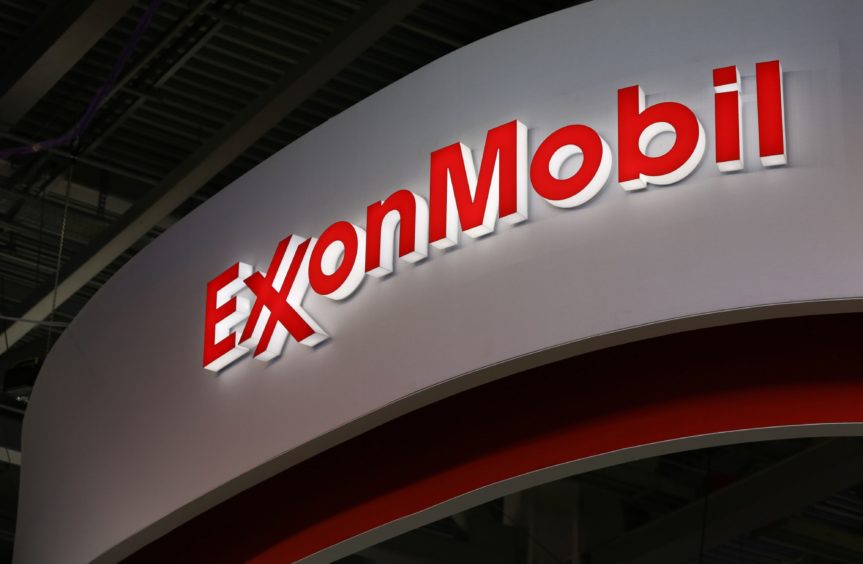
More assets are expected to hit the market across Asia Pacific this year following the sustained drop in global oil prices and the COVID-19 pandemic, which has destroyed energy demand growth as economic activity contracts.
Although the oil price outlook for 2020 remains uncertain, which makes it harder for sellers and buyers to agree on pricing for the time being, difficulties accessing finance and the need to restructure debt will likely increase the next wave of consolidation.
Financially stressed companies will be looking to divest their assets. “These include oilfield service providers, oil traders whose margins have been hit badly by the fall in demand, and smaller upstream players who look to reduce equity commitments during this period,” Sze-shing Tan, a principal in Baker McKenzie Wong & Leow’s M&A practice in Singapore told Energy Voice.
Indeed, “most oilfield service players have not really recovered from the previous oil price crash and they will be hard hit in this oil price downturn,” Sanjeev Gupta, Asia Pacific oil and gas leader at EY told Energy Voice.
Restructuring and consolidation is expected as the services sector attempts to deal with the double crisis of the price downturn and the COVID-19 pandemic, added Gupta.
IOCs are also projected to trim their portfolios in the region as they seek to cut capital expenditure and reduce investment spend. Upstream positions of supermajors and IOCs in Southeast Asia or the broader Asia Pacific region, could potentially become non-priority and be put up for divestment, or operators may search for other strategic partners to reduce capital spend, Asheesh Sastry, managing director of the Boston Consulting Group’s energy practice in Southeast Asia told Energy Voice.
Crucially, upstream reserves replacement remains a big driver for acquisitions in the region. “Buying reserves through acquisitions seems to be more competitive than actually doing organic exploration,” added Sastry.
Significantly, Saul Kavonic, an Australian-based energy specialist at Credit Suisse, reckons “the current oil market distress may present a once in a generation opportunity to acquire oil and gas assets and corporates at discounts”.
“Those with strong balance sheets are well placed to take advantage of opportunities in a distressed sector, while those with exposed balance sheets could become prey. But it may take some months before industry coalesces around long term oil price assumptions to enable deals to close,” Kavonic told Energy Voice.
“We see Woodside Petroleum, and maybe Beach Energy, as well placed to pursue M&A opportunities that may arise in a distressed sector,” added Kavonic.
Stakes in undeveloped LNG assets in the region could also come up for sale as the market struggles with an oversupply of cargoes from Australia and the US, which along with weaker crude benchmarks has driven down LNG prices.
Indeed, cash-strapped Australian-listed Oil Search, which has major stakes in Papua New Guinea’s (PNG’s) emerging LNG sector, is a prime takeover target, as mergers become more likely in a low oil price world.
Oil Search managing director Keiran Wulff recently said the company had considered selling part of its 29% stake in the ExxonMobil-led PNG LNG project. But Oil Search concluded it would not get value in the current market. However, if oil prices stay lower for longer, the company might have to rethink its strategy.
Moreover, it looks like a buyers’ market. Rystad Energy is tracking 45 potential upstream deals in the Asia Pacific region, mainly in Australia and Indonesia. The potential deals include rumored sales by majors and some independent companies.
“Among others, ExxonMobil and Murphy Oil are considering exiting projects in the Asia Pacific region. Other companies are seeking for farm-in partners for their projects. For example, Prominence Energy and Western Gas are planning farm-outs of interest in the Bowsprit and Equus projects in Australia,” Ilka Haarmann, an upstream analyst at Rystad told Energy Voice.
Meanwhile, the downstream sector remains a key area of interest too, as demand growth is projected to bounce back in Asia. “We can expect downstream companies continuing to seek value chain integration, from feedstock supply to petrochemicals, to maximise their margins,” said Gupta. There continues to be interest from Asian NOCs, inbound NOCs, as well as oil majors in this sector, he added.
However, the energy sector is heavily regulated in many countries, and governments and regulators have shown that they will not shy away from using foreign investment rules to protect vulnerable local companies from being targeted by foreign rivals, cautioned Tan.
Still, the longer the current situation continues, the more distress companies will experience, and the more assets will come onto the market, added Tan.
In Asia Pacific, Baker & McKenzie Wong & Leow expect more assets to hit the market from the upstream and oilfield services sectors, mostly from struggling players forced to divest.